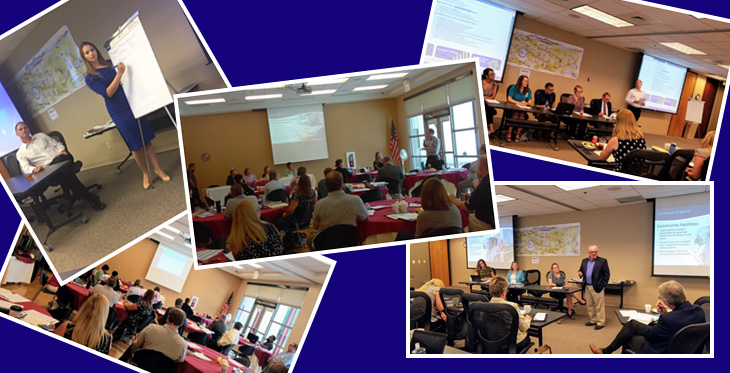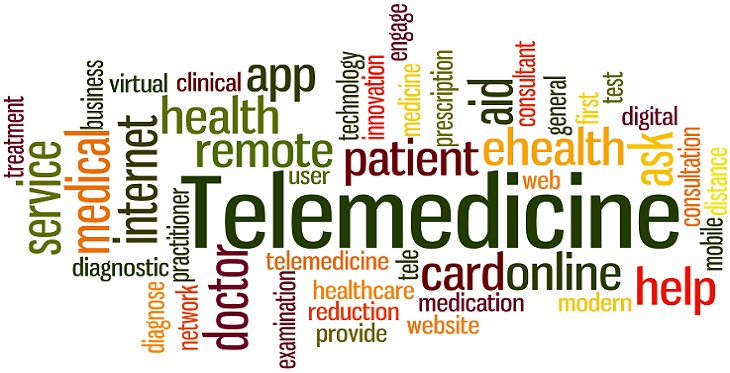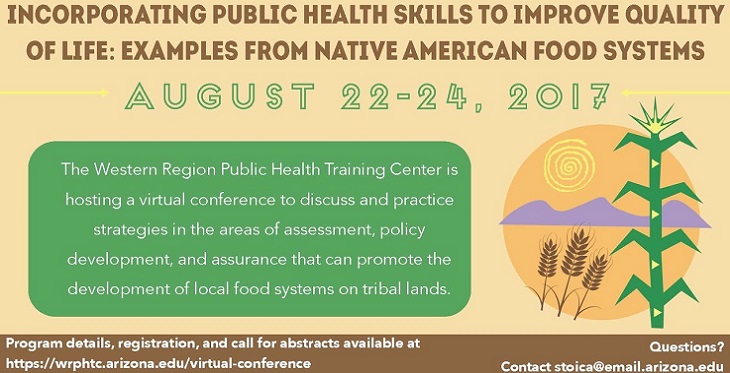Tucson’s recent designation as a UNESCO City of Gastronomy is a tribute to our long history of harvesting plants native to the Sonoran desert and heritage plants brought over by the Spanish, as well as the innovation and local mindedness of our community, and the multitude of food system initiatives constantly striving to improve the food security of our diverse populations.
A food system consists of the entire process from which food moves from farm to fork, including production, processing, packing, distribution, consumption, and food waste management. A healthy, sustainable food system is directly connected to public health goals like reducing hunger and obesity, protection and conservation of natural resources, and facilitating economic growth.











